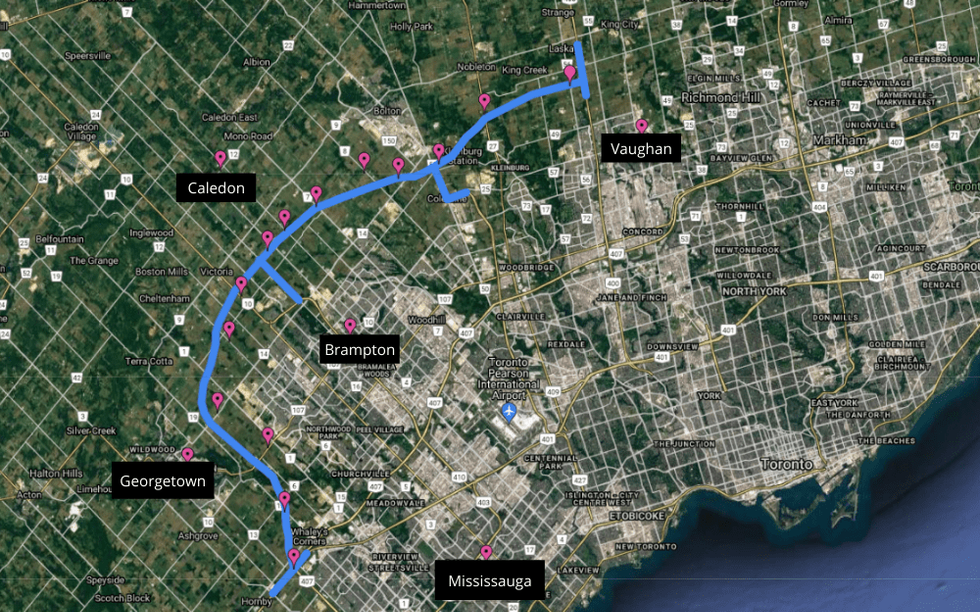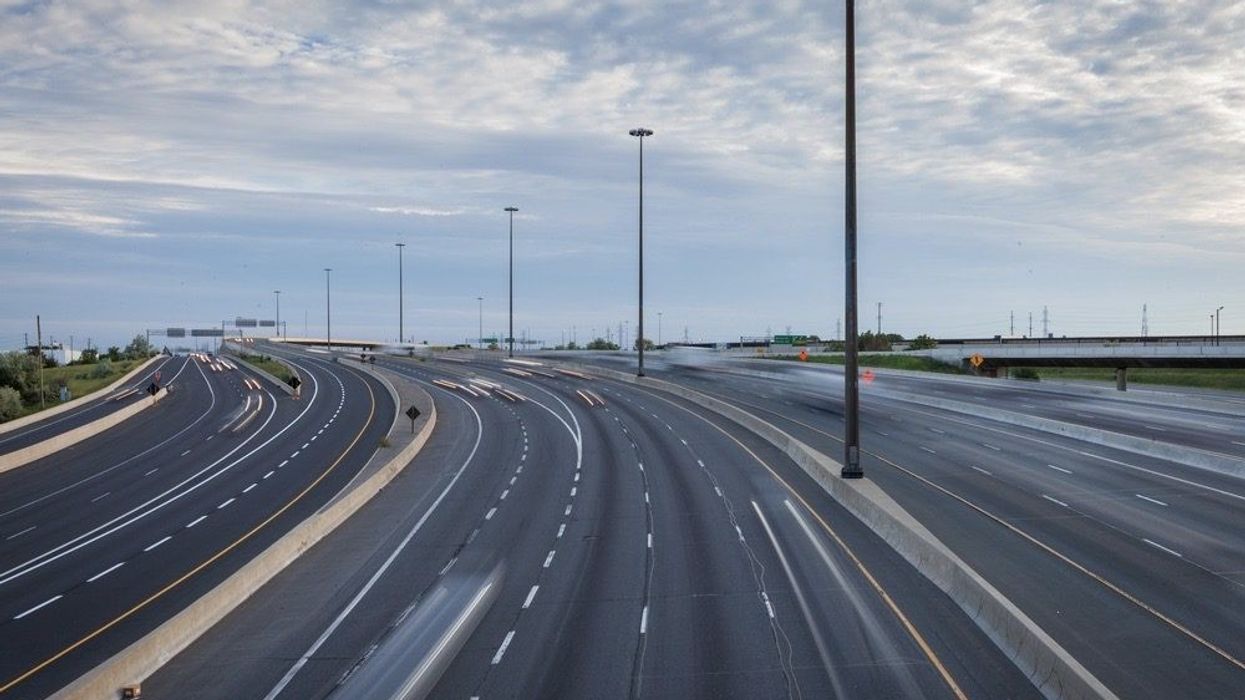It’s a safe bet that neither Ontario Premier Doug Ford nor any member of his government shed a tear earlier this month when American economist Anthony Downs shuffled off this mortal coil aged 90.
Even in the unlikely event they knew why Downs matters, why his writing is more pertinent than ever, Ford’s Conservatives would undoubtedly have rejected his observations out of hand, especially those concerning the inevitability of congestion. Simply put, Downs argued that not only does expanding highway capacity not eliminate congestion, it can actually make it worse. As Downs (and other traffic scholars) have made clear, if you build (or enlarge) it, they will come. In short, the benefits of highway expansion are at best temporary.
But like so many of Ford’s big ideas, constructing a new highway has the populist appeal of, say, Making Ontario Great Again. No wonder Ford’s desire to move ahead with Highway 413 is said by some to resonate with commuters for whom congestion is a daily trial. The fact it’s unlikely to benefit anyone except the premier’s developer buddies gets lost in the noisy promises of shorter travel times.
Ford’s proposed highway would extend 59 kilometres from Vaughan to the interchange of highways 401 and 407 near Milton, Mississauga, and Brampton. The new route, which would run through protected lands, is expected to cost a minimum of $6 billion, which history tells us, probably means two or three times that.

“We can’t afford more backlogs on highways,” Ford declared at a Queen’s Park press conference on October 16. “We need more people to get from Point A to Point B in a much faster fashion so that they can spend more time with their families and we can transport goods.” We’ve heard it all before, of course, this is the usual Doug Ford blather: build more highways and spend more time at home. Ah yes, spending more time with their families. That should do the trick.
It was Downs who provided one of the most compelling reality checks to the sort of Tory twaddle Ford has spouted since launching his political career as a Toronto city councillor in 2010. As Downs pointed out in a 2004 essay:
“If [an] expressway’s capacity were doubled overnight, the next day’s traffic would flow rapidly because the same number of drivers would have twice as much road space. But soon word would spread that this particular highway was no longer congested. Drivers who had once used that road before and after the peak hour would shift back into the peak period. Other drivers who had been using alternative routes would shift onto this more convenient expressway. Even some commuters who had been using the subway or trains would start driving on this road during peak periods. Within a short time, this triple convergence onto the expanded road during peak periods would make the road as congested as it was before expansion.”
But Ford’s government isn’t the only one to forget that things are seldom what they seem. Back in 2016, then Premier Kathleen Wynne announced an extraordinary $81-million plan to widen Highway 401 between the Credit River and Winston Churchill Boulevard from six lanes to 12. It won’t be finished until late 2022, but don’t hold your breath the twice-daily parking lot will suddenly start to flow. Chances are you’ll simply have more fellow sufferers to share the pain.
Though Highway 413 would expand the existing road network, it would be a new artery. Aside from issues of environmental destruction and uncontrolled sprawl, there’s the question of -- what else? -- congestion. As Down reminds us, “The most obvious reason traffic congestion has increased everywhere is population growth.” In the Greater Toronto Area, where the population is expected to climb from seven to 10 million by 2046, that means a whole lot of gridlock.
READ: Paving Paradise: Feds Step In to Oversee Environmental Assessment of Controversial Highway 413
The inconvenient truth is that Ontario could be completely paved over for highways and congestion would still be a problem. If the past tells us anything, it is that the real impact of Highway 413 will be on the spread of sprawl. Much to the delight of the premier’s builder buddies, this ribbon of asphalt will open up large tracts for low-density subdivisions, which in turn will worsen congestion and lead to demands for new highways.
It is a cycle that never ends. Which came first, chicken or egg, highway or sprawl?
The solution rests on how we choose to meet the challenges of the future. Do we control growth or does it control us? Clearly, the status quo isn’t an option. As delegates gather in Glasgow in anticipation of next week’s COP26 pow wow -- our “last best chance” to prevent climate catastrophe -- it behooves us to bring more than the same old, same old, to our approach to growth. Still, the answers include a familiar list of measures -- higher gas taxes, high-density communities, better mass transit, road tolls, staggered working hours and so on. None of these is popular with premiers, populists, or prime ministers of any stripe.
That leaves us as the ones who must ultimately choose. That’s why congestion won’t be going anywhere soon.





















